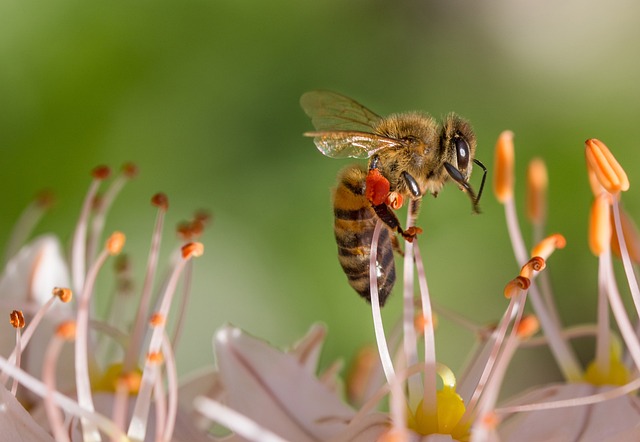As we face worldwide declining biodiversity, a great way to contribute positively to the environment is by upping the biodiversity in our own wonderful gardens.
A biodiverse garden can help support lots of of plant, animal and fungus species.
This in turn keeps insect numbers at balanced levels.
It can also increase pollination for your flowers, fruit and vegetables, leading to better crops.
Read on to answer the question – How to promote biodiversity in my garden.
You can promote biodiversity in your garden by growing a diverse selection of native and non-native plants for pollinators, creating habitats, having a pond or water feature and reducing your lawn. You can also provide food and water for all species.
Understand Biodiversity
Biodiversity is basically the variety of life on Earth, meaning all living plant, animal and fungus organisms from the smallest to the largest.
In your garden, this translates to creating a habitat that can sustain a wide range of species.
Let’s have a look how we can do this:
Grow Native Plants
One of the main ways of promoting biodiversity is the use of native plants.
Native plants are species that naturally grow in your region and have adapted to local conditions.
Planting native species in your garden provides a familiar environment for local wildlife, including birds, insects, and pollinators.
These plants also need less water and maintenance, making them a sustainable choice.
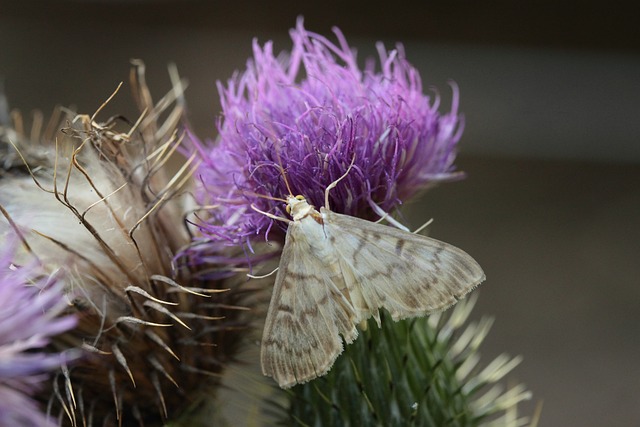
Have A Diverse Plant Selection
While native plants are important, you don’t need to limit yourself to them.
A wide range of plants, including non-native species, will attract a broader range of wildlife.
Different plants provide different resources, such as nectar, seeds, and shelter, which can benefit different animals.
They also offer these at different times, for example some plants flower at night, making them great for moths and other nocturnal insects.
It is good to to research which non-native plants are not invasive and can coexist happily with native species.
Create Habitats
To promote biodiversity, create different habitats in your garden. These can include:
Flower Meadows: Create wildflower meadows that provide food and shelter for insects, small mammals and birds.
Ponds And Water Features: Put in a pond or water feature to support aquatic life, including frogs, dragonflies, and aquatic plants.
Log Piles And Stone Walls: Great for making with the kids. These offer homes for insects, molluscs, amphibians, and small mammals, as well as mosses and lichens. Dead or decaying wood in the form of fallen branches or logs also provide valuable habitats for fungi and other decomposers. These organisms play a crucial role in breaking down organic matter and recycling nutrients back into your garden.
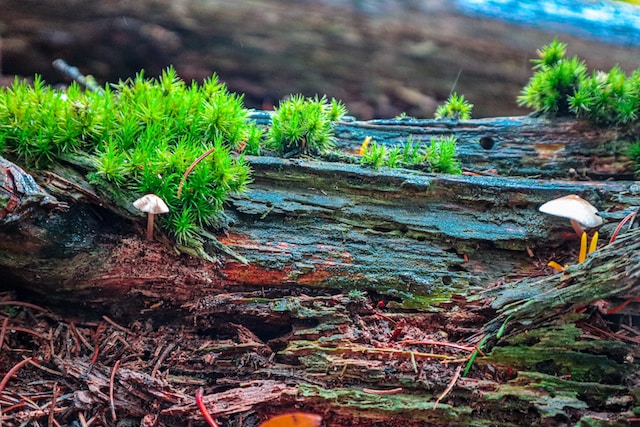
Birdhouses And Bat Boxes: Install nesting boxes to encourage birds and bats to take up residence in your garden.
Avoid Chemicals
Pesticides, herbicides, and synthetic fertilisers can harm both the environment and the creatures that live in your garden.
These chemicals can disrupt the natural balance by killing insects, pollinators, and other wildlife.
Instead, opt for organic and natural alternatives to manage pests and enrich your soil, such as compost and mulch.
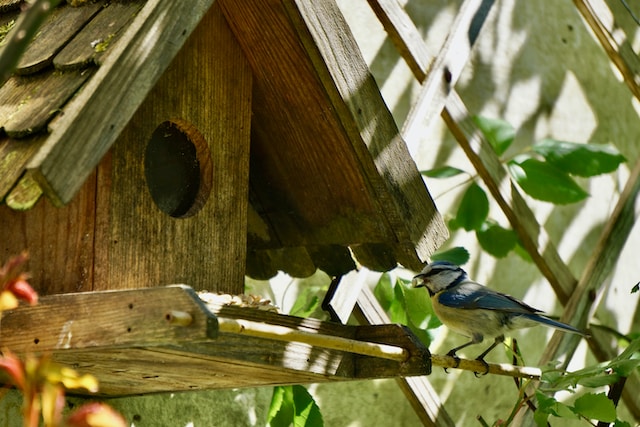
Reduce Or Replace Your Lawn Area
Traditional manicured lawns are pretty limited in terms of biodiversity.
Consider reducing the size of your lawn or replacing parts of it with clover, moss or flowering thyme.
A smaller lawn area can still provide recreational space while allowing more room for trees, shrubs, and flowers.
Other things you can do:
- Mow less frequently to allow wildflowers to grow and provide nectar for pollinators.
- Leave leaf litter in the autumn, which provides habitat for overwintering insects.
- Avoid the use of chemical fertilisers or pesticides that can harm soil organisms.
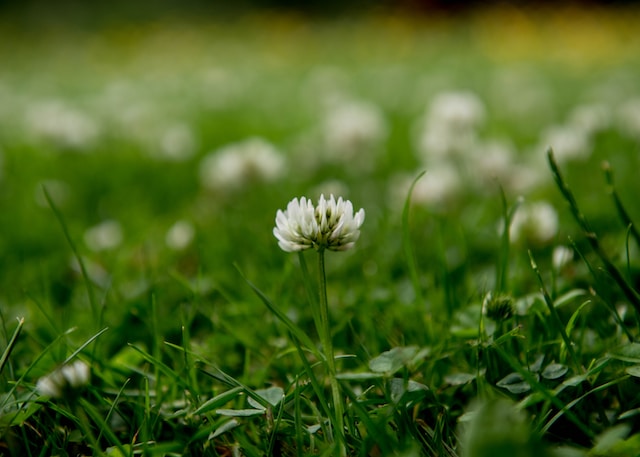
Provide Food And Water Sources
To attract a variety of wildlife, make sure your garden offers a steady supply of food and water throughout the year. This can include:
- Native plants with berries or nuts that serve as natural food sources.
- Bird feeders with a variety of seeds, suet, and nectar for different bird species. This can really help in the cold winter months, and also in the spiring and summer when feeding young.
- Butterfly gardens with nectar-rich flowers to attract butterflies, moths and bees.
- Compost piles that attract decomposers like earthworms.
- Birdbaths and water features.
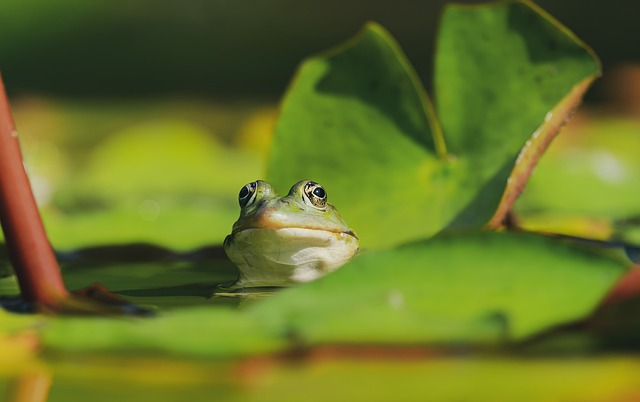
Be Mindful of Light Pollution
Too much artificial lighting in your garden at night can disrupt nocturnal wildlife, including bats, owls and moths.
If you have outdoor lighting, don’t have it too bright and aim to have it pointed downward to minimise glare and light pollution.
Encourage Pollinators
Pollinators like bees and butterflies are essential for the reproduction of many plants. To attract and support them:
- Plant a variety of nectar-rich flowers.
- Provide nesting sites for solitary bees, such as bee hotels or sandy patches.
- Avoid using pesticides that can harm pollinators.
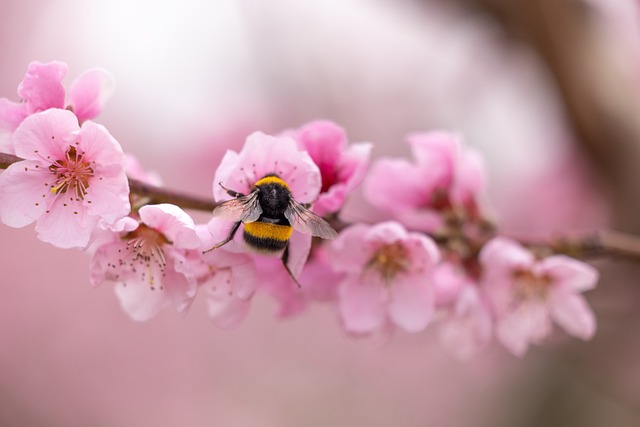
Practice Sustainable Gardening
Sustainable gardening practices are really important for maintaining a healthy garden ecosystem. Here are some examples that are easy to implement:
- Water conservation: Use rain barrels or water butts to collect rainwater for watering plants and choose drought-resistant plants.
- Check out our great article on how to save water in your garden.
- Soil health: Improve soil fertility and structure by composting natural materials and mulching.
- Reduce waste: Compost garden waste and use natural materials for landscaping.
Learn and Observe
Promoting biodiversity in your garden is an ongoing learning process.
Take the time to observe the wildlife that visits your garden and learn about their needs and habits.
This knowledge will help you make the best decisions about how to increase your garden’s biodiversity.
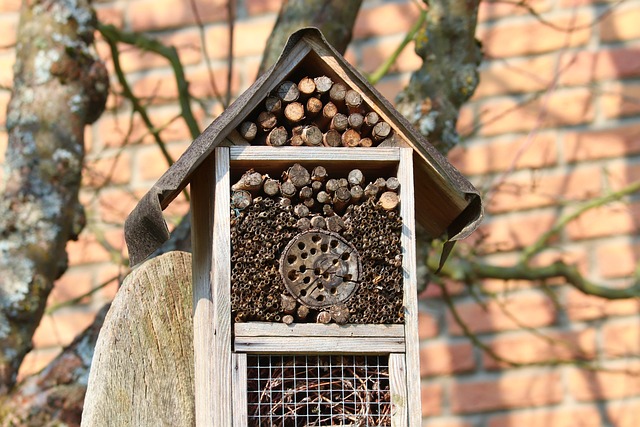
Educate and Engage Others
Share your passion for biodiversity with friends, family, and neighbours.
Encourage them to try biodiversity-friendly practices in their gardens as well.
The more people who participate, the greater the positive impact on the environment.
Record Your Progress
Keep a journal or create a photo diary to document the changes in your garden over time.
This could be increased numbers of wildlife, or different species coming to visit.
This can be a really great way to see the impact of your efforts and learn from your experiences.
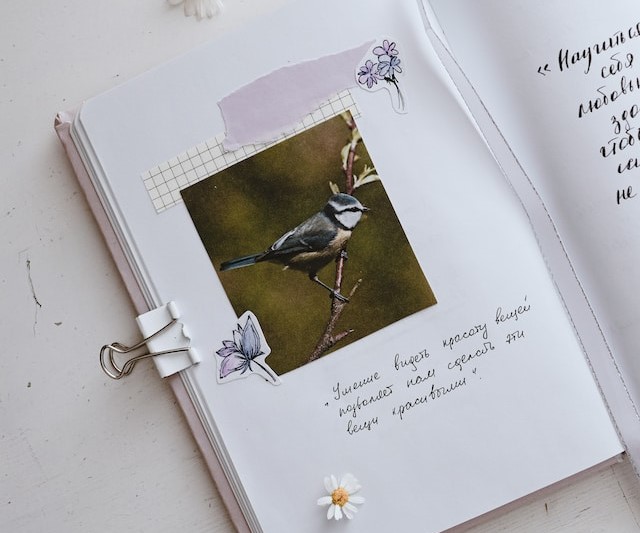
Final Thoughts
Promoting biodiversity in your garden is a rewarding and positive act.
By encouraging wildlife and embracing sustainable gardening practices, you can create a thriving ecosystem that supports a wide variety of plant and animal species.
Remember that every small action you take helps towards the larger goal of conserving and protecting biodiversity for the future.
So, roll up your sleeves, get your hands in the soil, and start transforming your garden into a biodiverse haven for all forms of life.

